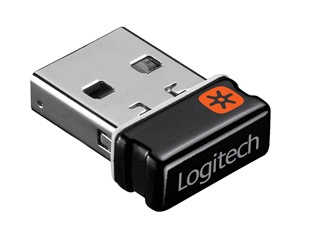Hi,
For a running project I would like to have a nRF52840 based mini dongle (Logitech Unifying formfactor).

I found some parties who sell nRF52840 dongles but thy are to large.
Is there anybody who found a manufacturer selling this kind of mini dongles?
A second option could be to develop a mini dongle myself. Especially with the new WLCSP package it is not that difficult to design a dongle with a small formfactor. The only problem is the prize level of the dongle is to high for my project (or the volume is to low to reach a healthy prize level).
My second question is. Are the people here who have the same need for a small dongle, and are interested in collaborating to design and produce a mini nRF840 based universal dongle?
Mabey Nordic itself is also interested in collaborating in this idea?
I really think a nRF52840 based dongle could be very useful in many applications as it can handle multiple protocols in one device.
Please let me know your thoughts and who knows.

